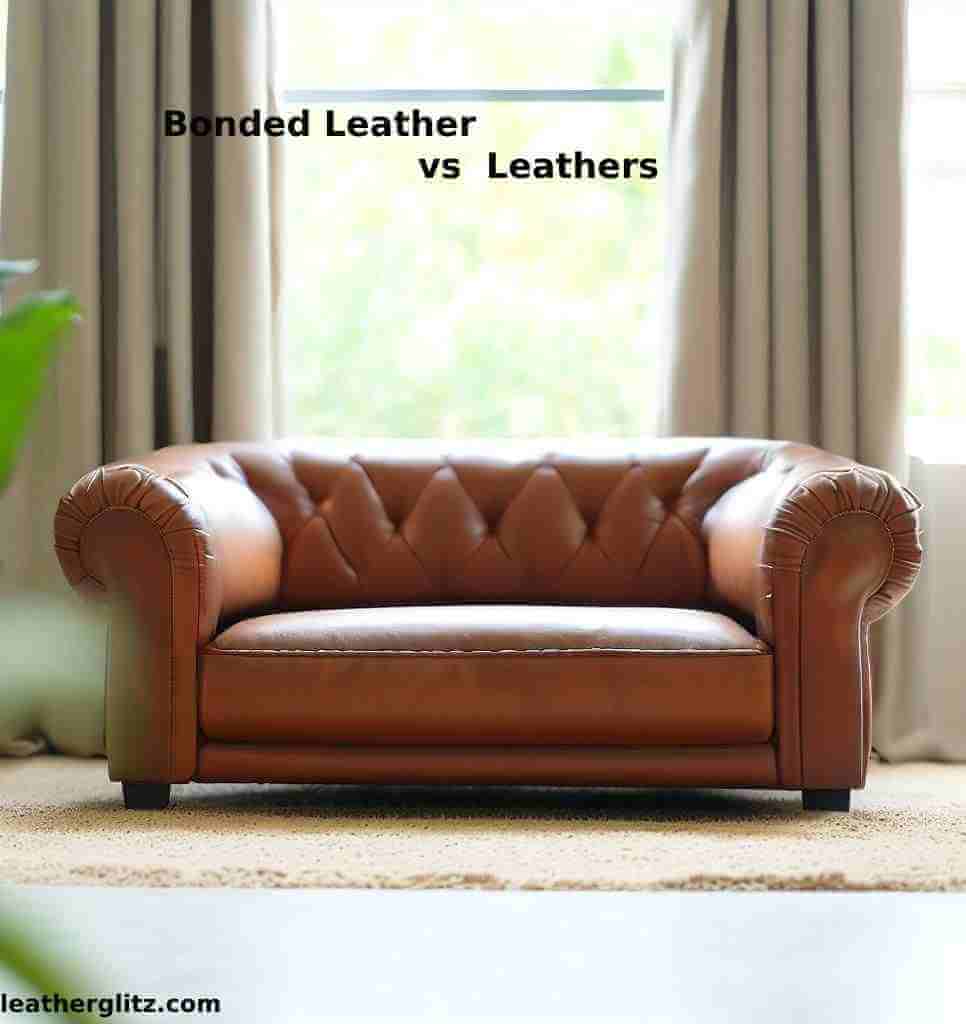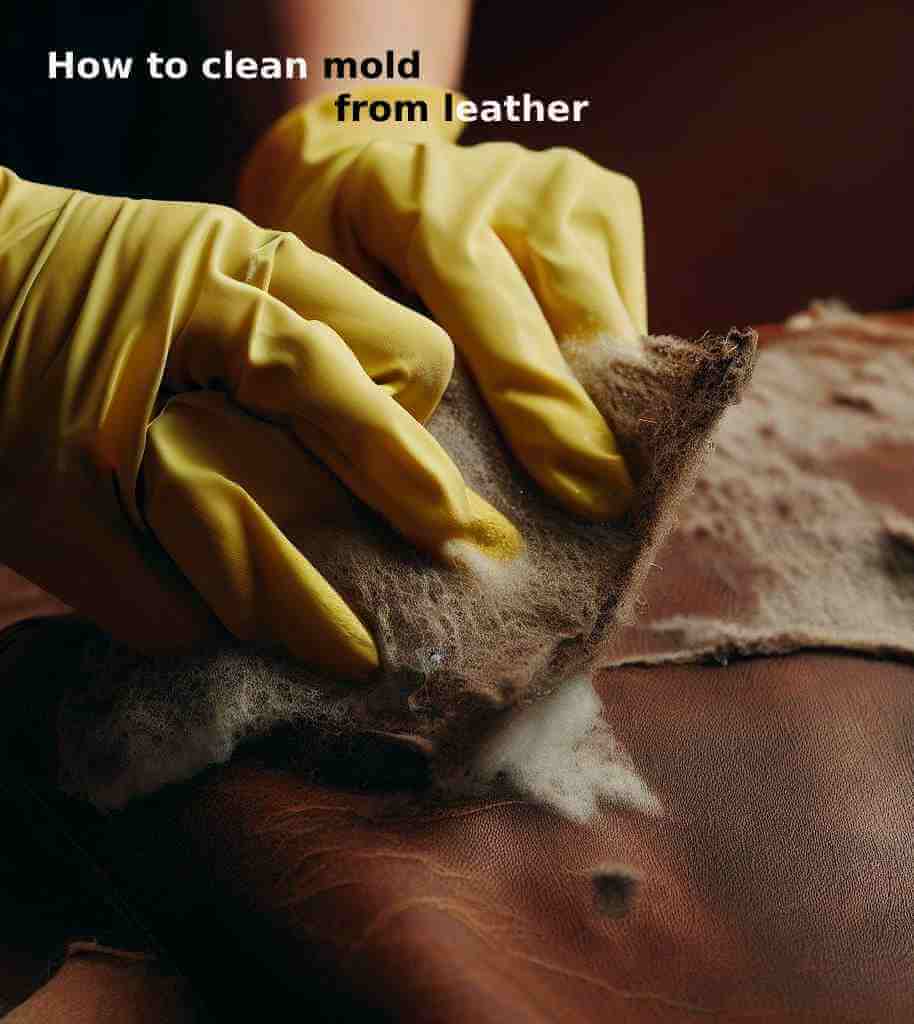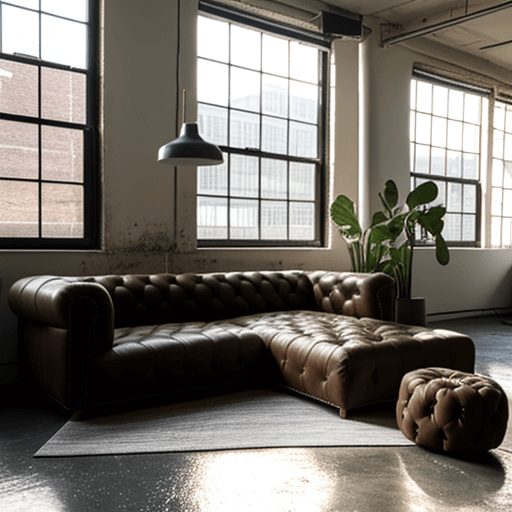Bonded leather meaning
What is bonded leather. their composition, manufacturing process, pros, and cons. Understand the differences between bonded leather and other leathers to make an informed choice. Discover its affordability, design versatility, and maintenance tips for long-lasting performance.
1. What Is Bonded Leather

A. Definition of Bonded Leather
Have you ever come across the term “bonded leather” and wondered what exactly it means? Well, you’re not alone. this leather is an interesting material that has gained both popularity and controversy in the world of upholstery and leather products. Let’s dive in and explore this fascinating world.
At its core, bonded leather is a type of material that is made by bonding or gluing together a mixture of shredded or pulverized leather fibers. These fibers are often combined with various additives and treatments to create a leather-like surface. The resulting material is then used to produce a wide range of products, such as furniture upholstery, bags, shoes, and accessories.
B. Importance of Understanding Bonded Leather
Understanding bonded leather is crucial, especially when making purchasing decisions or evaluating the quality of leather products. With its rising popularity and widespread use, it’s essential to know what this leather truly is and what sets it apart from other types of leather.
By gaining a deeper understanding of bonded leather, you can make informed choices when selecting leather products that meet your preferences and expectations. Whether you’re considering buying a leather sofa, a handbag, or any other item labeled as bonded leather, knowing its characteristics, advantages, and limitations will empower you to make an informed decision.
In the upcoming, we will delve into the composition and manufacturing process of bonded leather, explore its pros and cons, compare it with genuine leather, discuss its common uses, and provide essential tips for its maintenance. By the end, you will have a comprehensive understanding of what bonded leather is and be equipped to make educated choices when encountering this material in the future.
Now that we’ve laid the groundwork, let’s get solve of what is bonded leather in detail.
2. Composition of Bonded Leather
A. Overview of Bonded Leather Components
When it comes to understanding bonded leather, it’s essential to delve into its composition. Bonded leather is primarily composed of a mixture of shredded or pulverized leather fibers. These fibers are obtained from various sources, such as scraps and remnants from tanneries or leather manufacturing processes. It’s important to note that bonded leather does not consist of a solid piece of leather but rather a composite material.
To create bonded leather, these leather fibers are combined with bonding agents, which are usually adhesives or polyurethane-based substances. The bonding process involves mixing the leather fibers with the adhesive and applying heat and pressure to fuse them together. This results in a sheet or layer of material that resembles genuine leather.
B. Bonding Process of Leather Fibers
The bonding process plays a crucial role in transforming the loose leather fibers into a bonded leather material. During this process, the leather fibers are thoroughly mixed with the bonding agent, ensuring that the adhesive coats and adheres to the fibers uniformly. Once the mixture is ready, it is spread out onto a surface and subjected to heat and pressure.
The heat and pressure applied in the bonding process activate the bonding agent, causing it to chemically bond with the leather fibers. This fusion creates a cohesive structure, effectively bonding the fibers together and forming a continuous sheet of material. The thickness and density of the resulting bonded leather can vary depending on the specific manufacturing techniques and requirements.
C. Additives and Treatments in Bonded Leather Production
To enhance the characteristics and performance of bonded leather, manufacturers often incorporate additives and apply treatments during the production process. These additives and treatments can include dyes, pigments, protective coatings, and embossing techniques.
Dyes and pigments are commonly used to impart color to the bonded leather material. They help achieve a consistent and uniform appearance throughout the surface. Protective coatings, such as clear topcoats or finishes, are applied to enhance durability, resistance to stains, and ease of maintenance. Additionally, embossing techniques may be employed to mimic the texture and grain patterns found in genuine leather, adding to the visual appeal of the bonded leather material.
By incorporating these additives and treatments, manufacturers can customize the look and feel of bonded leather, making it more appealing and versatile for various applications.
3. Manufacturing Process of Bonded Leather
A. Breaking Down the Process
Now that we understand the composition of bonded leather, let’s explore the intricate manufacturing process involved in creating this unique material. The production of bonded leather typically involves several stages, each contributing to the transformation of leather fibers into a bonded and usable material.
B. Steps Involved in Creating Bonded Leather
- Collection and Preparation of Leather Scraps: The process begins with the collection of leather scraps and remnants from various sources, including tanneries and leather manufacturers. These scraps are carefully selected and sorted based on their quality and compatibility.
- Shredding or Pulverizing the Leather: Once the leather scraps are gathered, they are shredded or pulverized into smaller pieces. This step helps increase the surface area of the leather fibers, making them easier to combine and bond together.
- Mixing with Bonding Agents: The shredded or pulverized leather fibers are then combined with bonding agents, which can be adhesives or polyurethane-based substances. The bonding agent helps bind the leather fibers together during the subsequent bonding process.
- Application of Heat and Pressure: The mixture of leather fibers and bonding agent is spread out onto a surface and subjected to heat and pressure. This step activates the bonding agent and initiates the chemical bonding process. The heat softens the bonding agent, allowing it to penetrate and adhere to the leather fibers. The pressure ensures a strong and uniform bond throughout the material.
- Drying and Finishing: After the bonding process is complete, the bonded leather sheet undergoes a drying phase to remove any remaining moisture. Following this, various finishing treatments may be applied, such as dyeing, embossing, and protective coatings, to enhance the appearance, texture, and durability of the bonded leather.
C. Techniques Used in Bonded Leather Manufacturing
Several techniques are employed during the manufacturing process to create bonded leather. One commonly used technique is known as “wet bonding,” where the leather fibers are mixed with the bonding agent in a wet state before undergoing the heat and pressure treatment. Another technique is “dry bonding,” where the leather fibers are combined with the bonding agent in a dry state before the heat and pressure application.
The specific techniques and variations used in bonded leather manufacturing can vary among different manufacturers and depend on factors such as desired characteristics, production scale, and available equipment.
By understanding the manufacturing process of bonded leather, we gain insight into the complexities involved in transforming leather scraps into a usable material.
Next, we will discuss the pros and cons of this leather, providing a comprehensive overview of its advantages and limitations.
4. Pros and Cons of Bonded Leather
Bonded leather, like any material, comes with its own set of advantages and limitations. Understanding these pros and cons is essential when considering bonded leather for your upholstery or other leather product needs.
A. Advantages of Bonded
- Affordability: One of the significant advantages of bonded leather is its affordability compared to genuine leather. As bonded leather is made from a combination of leather scraps and bonding agents, it is typically less expensive to produce, making it a more budget-friendly option for those seeking a leather-like appearance without the higher price tag.
- Variety of Designs and Colors: Bonded leather offers a wide range of design possibilities. The treatment and finishing processes allow for customization, including dyeing, embossing, and surface coatings. This versatility enables this leather to mimic various leather textures and grain patterns, providing an extensive selection of colors and designs to suit different preferences and styles.
- Ease of Maintenance: Bonded leather is relatively easy to maintain compared to genuine leather. Its surface is typically coated with protective finishes that enhance its durability and resistance to stains. Regular cleaning with a damp cloth and mild soap is often sufficient to keep bonded leather looking its best.
B. Disadvantages and Limitations
- Durability and Longevity: While bonded leather can offer an affordable option, it generally lacks the durability and longevity associated with genuine leather. Over time, this leather surface may show signs of wear, such as peeling or flaking, especially in high-stress areas or with inadequate care. It is important to consider the expected lifespan of bonded leather products when making purchasing decisions.
- Breathability and Comfort: Bonded leather may lack the breathability and natural comfort that genuine leather provides. The bonding process and surface coatings can restrict airflow, making bonded leather less breathable and potentially less comfortable, especially in warmer climates or prolonged use.
Despite its drawbacks, bonded leather can still be a suitable choice for certain applications, especially when affordability and design versatility are important factors. It is essential to weigh the advantages and limitations carefully, considering your specific needs and preferences.
5. Bonded Leather vs Genuine Leather
When considering leather products, it’s important to understand the differences between bonded leather and genuine leather. Let’s explore the distinctions between these two materials to help you make an informed choice.
A. Key Differences between Bonded and Genuine Leather
- Composition: The most significant difference lies in their composition. Bonded leather is made by bonding or gluing together leather fibers with bonding agents, while genuine leather is crafted from the actual hide or skin of an animal, which undergoes tanning and processing. Genuine leather is a natural material, whereas bonded leather is a composite material.
- Quality and Durability: Genuine leather is widely regarded for its superior quality and durability. Its natural fibers offer strength and resilience, making it more resistant to wear and tear. On the other hand, bonded leather may not possess the same level of durability and can show signs of peeling or flaking over time, particularly if not adequately maintained.
- Appearance and Feel: Genuine leather has a distinct look and feel that is highly valued. Its natural grain patterns, texture, and unique characteristics contribute to its aesthetic appeal. In contrast, while bonded leather can be designed to mimic the appearance of genuine leather, it may not possess the same richness or depth in its texture and grain patterns.
B. Comparing Quality, Durability, and Appearance
- Quality and Durability: Genuine leather, being a natural material, tends to have superior quality and durability. It ages well, develops a unique patina over time, and can withstand everyday use and exposure to elements. On the other hand, bonded leather may be more prone to wear and tear, especially in high-stress areas, and may require careful maintenance to prolong its lifespan.
- Appearance: Genuine leather’s natural grain patterns and textures give it a unique and authentic appearance. It exudes a sense of luxury and elegance. In contrast, bonded leather, while capable of mimicking some of the visual aspects of genuine leather, may lack the same level of authenticity and depth in its appearance.
C. Bonded Leather vs Leather compare table
| Aspect | Bonded Leather | Genuine Leather |
| Composition | Mixture of shredded or pulverized leather fibers and bonding agents | Natural material derived from animal hides |
| Quality | Lower durability and longevity compared to genuine leather | Higher durability and longer lifespan |
| Appearance | It can imitate many leather textures and grain patterns | Natural and unique variations in texture and grain |
| Breathability | Less breathable due to bonding process and surface coatings | Naturally breathable, allowing air circulation |
| Comfort | Potentially less comfortable due to reduced breathability | Supple and comfortable, molds to the body with use |
| Price | More affordable compared to genuine leather | Higher price point, varying with leather type and quality |
| Sustainability | May contribute to waste reduction by utilizing leather scraps | Relies on animal hides, but sustainable sourcing is possible |
| Maintenance | Relatively easy to clean with regular wiping | Requires proper conditioning and occasional treatment for upkeep |
It’s important to consider your priorities and preferences when choosing between bonded leather and genuine leather. If you value the highest quality, longevity, and the unique character that only genuine leather can provide, it may be worth investing in products made from genuine leather. However, if budget constraints and design versatility are key factors, so this leather can still offer an affordable and aesthetically pleasing alternative.
6 . Bonded Leather vs other Leathers
A. Bonded Leather vs Synthetic Leather
When thinking of alternatives to genuine leather, both bonded leather and synthetic leather come to mind. Let’s compare the characteristics of these two materials in a table format to help you understand their differences more clearly:
| Bonded Leather | Synthetic Leather | |
| Definition | A material made by bonding leather fibers with bonding agents. | An artificial material designed to mimic the look and feel of genuine leather. |
| Composition | Contains a mixture of leather fibers and bonding agents. | Usually made of polyvinyl chloride (PVC) or polyurethane (PU) with fabric backing. |
| Appearance | Can resemble genuine leather, with variations in texture and grain patterns. | Can mimic the appearance of leather but often lacks the natural texture and grain patterns. |
| Durability | Less durable than genuine leather; may show signs of wear, such as peeling or flaking, over time. | Can vary depending on the quality; some synthetic leathers are more durable than bonded leather. |
| Breathability | May have limited breathability due to the bonding process and surface coatings. | Generally lacks breathability, as synthetic materials tend to be less porous. |
| Maintenance | Requires regular cleaning and proper care to maintain its appearance and longevity. | Typically easy to clean with mild soap and water; may require occasional conditioning. |
| Price | Generally more affordable than genuine leather, but can be more expensive than synthetic leather. | Often more affordable than genuine leather and bonded leather. |
| Sustainability | Contains real leather scraps, but overall sustainability depends on the specific manufacturing processes. | Varies depending on the materials used; some synthetic leathers are considered more environmentally friendly. |
When deciding between bonded leather and synthetic leather, it’s important to consider factors such as your budget, desired appearance, durability expectations, and personal preferences regarding sustainability and natural materials.
B. Bonded Leather vs Vinyl
When it comes to upholstery and leather-like materials, bonded leather and vinyl are often compared. Let’s examine the differences between these two options to help you make an informed decision.
| Criteria | Bonded Leather | Vinyl |
| Material Composition | Made from a mixture of leather fibers bonded with additives and treatments. | Synthetic material made from polyvinyl chloride (PVC) or polyurethane. |
| Appearance | Resembles genuine leather with a variety of textures and grain patterns. | Often has a glossy or shiny surface with a consistent texture. |
| Durability | Less durable than genuine leather and may show signs of wear over time, such as peeling or flaking. | Generally more durable and resistant to wear and tear, with a longer lifespan compared to bonded leather. |
| Breathability | Offers better breathability than vinyl due to the presence of natural leather fibers. | Typically less breathable compared to bonded leather, as it is a synthetic material. |
| Maintenance | Requires regular care and maintenance, including occasional conditioning and cleaning with mild soap and water. | Requires minimal maintenance, easy to clean with a damp cloth and mild soap. |
| Cost | Usually less expensive than genuine leather, but more expensive than vinyl. | Generally more affordable than bonded leather and genuine leather. |
| Eco-Friendliness | Contains leather scraps, but the use of bonding agents and additives may impact its eco-friendliness. | Synthetic material that does not involve the use of animal products, but its production and disposal can have environmental implications. |
While both bonded leather and vinyl offer synthetic alternatives to genuine leather, they differ in terms of composition, appearance, durability, breathability, maintenance requirements, cost, and eco-friendliness. The choice between the two ultimately depends on personal preferences, budget considerations, and specific application requirements.
Before making a decision, it is recommended to carefully assess the characteristics and prioritize the factors that matter most to you, whether it’s the resemblance to genuine leather, durability, breathability, ease of maintenance, or environmental considerations.
C. Bonded Leather vs Faux Leather
bonded and faux leather are two commonly encountered options. While both provide an alternative to genuine leather, they have distinct differences worth considering. So let’s compare bonded leather and faux leather side by side in the following table:
| Bonded Leather | Faux Leather | |
| Composition | Made from a mixture of shredded or pulverized leather fibers bonded together with adhesives or polyurethane-based substances. | Made from synthetic materials like polyvinyl chloride (PVC) or polyurethane (PU) that mimic the appearance and texture of genuine leather. |
| Durability | Less durable compared to genuine leather, and may show signs of wear over time, such as peeling or flaking. | Generally more durable and resistant to wear and tear compared to bonded leather. |
| Appearance | Can closely resemble genuine leather in terms of texture and grain patterns. Available in a variety of colors and designs. | Can imitate the look and feel of genuine leather but may not have the same level of texture and grain patterns as bonded leather. Also available in various colors and designs. |
| Price | Usually more affordable than genuine leather but more expensive than faux leather. | Typically more affordable compared to both genuine leather and bonded leather. |
| Breathability | May lack breathability due to the bonding process and surface coatings. | Breathability can vary depending on the specific composition and quality of the faux leather material. |
| Sustainability | Contains a portion of real leather scraps, which can be seen as a positive aspect in terms of utilizing waste materials. However, the bonding process and additional treatments may impact its overall sustainability. | Made entirely from synthetic materials, which may have environmental implications. The environmental impact can vary depending on the specific synthetic materials used and the production processes employed. |
It’s important to consider these factors when deciding between bonded leather and faux leather. If the appearance and texture closely resembling genuine leather are crucial, bonded leather might be the preferred option. However, if durability and affordability are primary concerns, faux leather may be a suitable alternative.
Remember to assess your specific needs and preferences when making a decision, taking into account factors such as budget, desired aesthetic, durability expectations, and sustainability considerations.
7. Bonded Leather: Uses and Maintenance
Bonded leather finds application in various industries and products. Understanding its common uses and implementing proper maintenance practices is crucial to ensure its longevity and optimal performance.
A. Common Uses of Bonded
- Upholstery and Furniture: It is frequently used in the production of upholstery and furniture. It offers an affordable alternative to genuine leather while still providing a leather-like appearance. Sofas, chairs, ottomans, and other furniture pieces often feature bonded leather upholstery.
- Accessories and Fashion: Bonded leather can be found in accessories and fashion items such as wallets, handbags, belts, and shoes. Its versatility in design and color options makes it suitable for creating stylish and affordable leather-like accessories.
B. Maintenance Tips
- Regular Cleaning: To maintain the appearance and longevity of bonded leather, regular cleaning is essential. Start by removing any loose dirt or debris with a soft brush or a vacuum cleaner with a brush attachment. Then, wipe the surface gently with a damp cloth and mild soap solution, avoiding excessive moisture. Afterward, dry the leather with a clean, soft cloth.
- Avoid Harsh Chemicals and Excessive Moisture: Harsh chemicals, solvents, and abrasive cleaners should be avoided when cleaning bonded leather, as they can damage the material. Additionally, excessive moisture can cause the bonding agent to weaken and the material to deteriorate. Always follow the manufacturer’s recommendations for cleaning and maintenance.
- Protection from Sunlight and Heat: Direct sunlight and heat can cause bonded leather to fade and deteriorate. To protect it, position furniture or accessories away from direct sunlight and heat sources like radiators or fireplaces. Using curtains, blinds, or UV protection sprays can also help minimize the potential damage from sun exposure.
- Regular Conditioning: While this leather does not require conditioning like genuine leather, applying a leather conditioner specifically formulated for bonded leather can help keep it supple and prevent drying or cracking. Follow the instructions provided by the manufacturer of the conditioner.
By following these maintenance tips, you can prolong the lifespan and preserve the appearance of bonded leather products, ensuring they remain in good condition for years to come.
In the final chapter , we will summarize the key points discussed throughout the blog post and provide a concluding statement about the nature and value of bonded leather.
Conclusion
We have explored the concept of bonded leather and gained insight into its composition, manufacturing process, pros and cons, and a comparison with genuine leather. Bonded leather, as a composite material, offers an affordable alternative to genuine leather, with its own set of advantages and limitations.
In conclusion, bonded leather offers a cost-effective alternative to genuine leather, making it accessible to a wider audience. While it may not possess the same durability and authenticity as genuine leather, bonded can still provide an attractive and versatile option for various applications.
Ultimately, the choice between bonded leather and other leathers depends on your individual preferences, budget constraints, and specific needs. By considering the information presented in this blog post, you can make an informed decision and select the most suitable material for your intended use.



Pingback: What is Coated Leather: the Secret and Style - leather universe